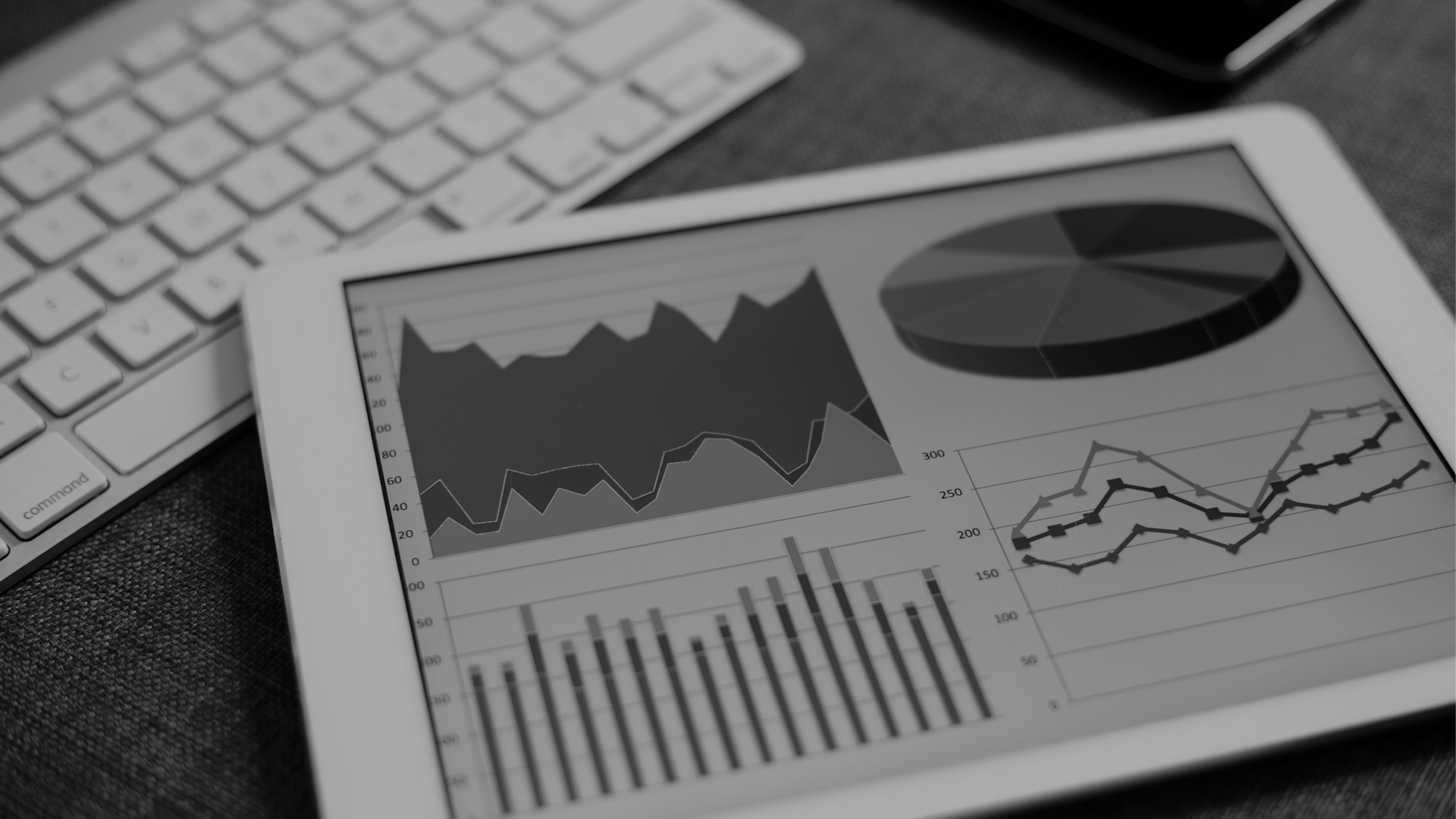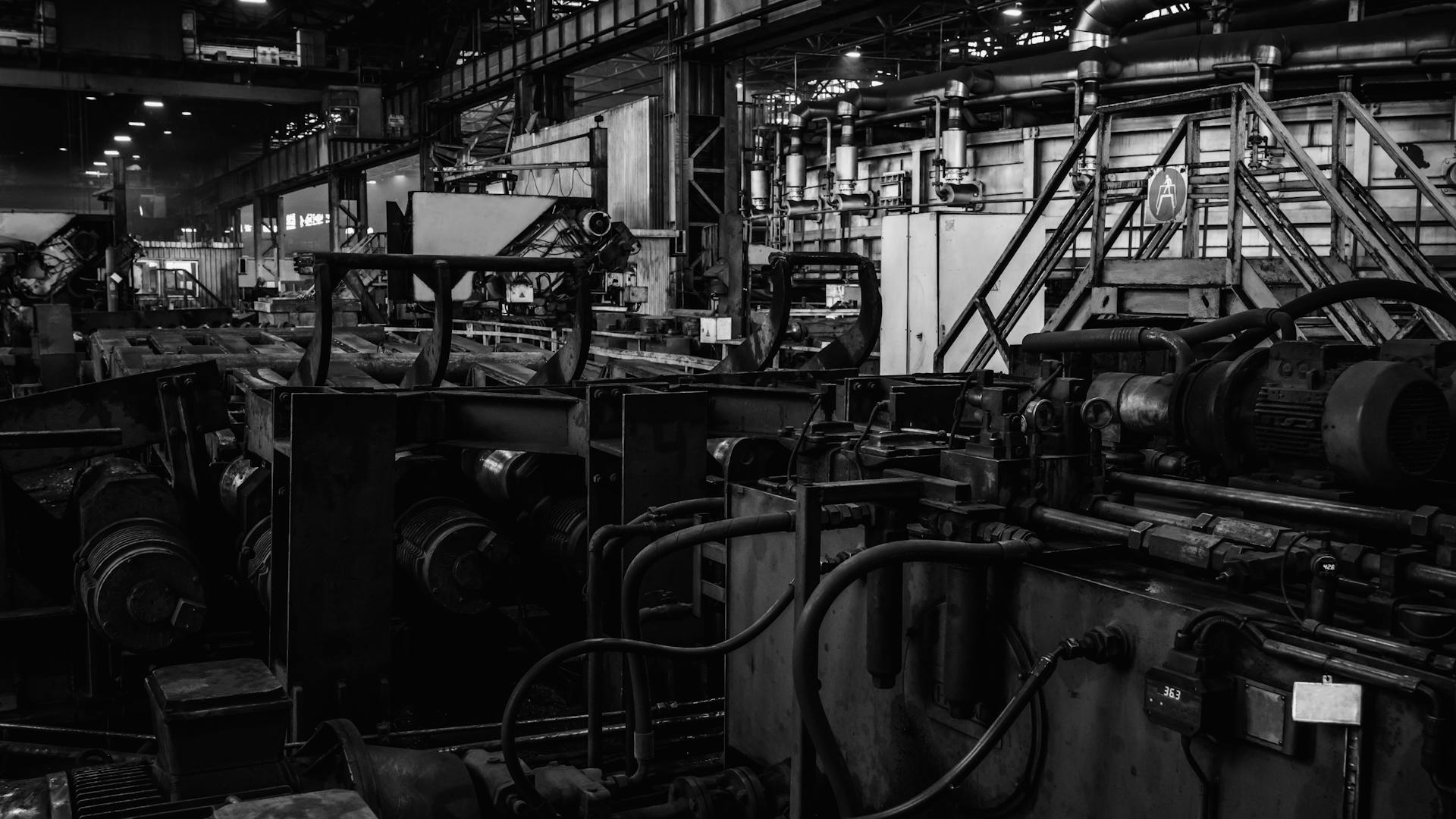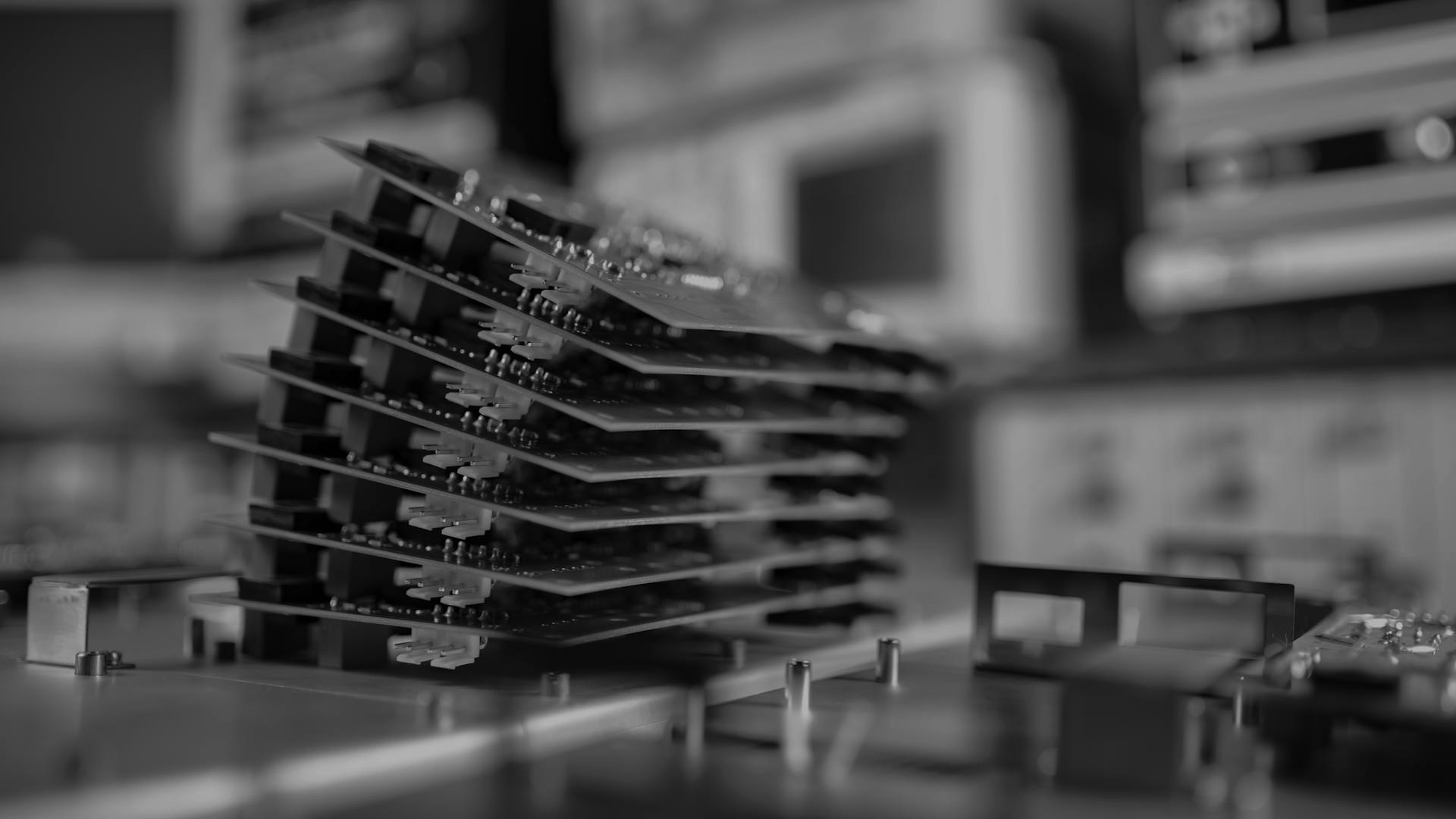Introduction
The global food supply faces growing pressures from population increases and environmental challenges. To tackle these issues, farms are turning to the Internet of Things (IoT) for smarter, data-driven agriculture. By integrating sensors, automated systems, and real-time analytics, farmers can use resources more efficiently, reduce waste, and boost yields.
Key Applications
Smart Irrigation
Precise soil sensors measure moisture and nutrients, activating sprinklers only when needed. This targeted watering conserves water and prevents crop stress.
- Real-Time Monitoring: Tracks soil and weather conditions.
- Automated Scheduling: Reduces guesswork and overwatering.
Livestock Tracking
Wearable devices monitor health and location, alerting farmers to potential issues before they escalate. This approach improves animal welfare and productivity.
- Early Illness Detection: Identifies changes in vital signs.
- Geo-Fencing: Prevents livestock from wandering off.
Predictive Maintenance
Sensors on tractors and harvesters can flag mechanical problems early. By scheduling repairs proactively, farmers avoid costly breakdowns during critical periods.
- Preventive Alerts: Minimizes unplanned downtime.
- Efficient Repairs: Data pinpoints the exact issue.
Real-Time Analytics
Agricultural IoT devices continuously feed data into cloud-based platforms, which apply algorithms and machine learning to generate actionable insights. Farms can adjust irrigation, feeding schedules, or machinery usage based on immediate feedback.
- Dashboard Overviews: Provides easy-to-read metrics in one place.
- Predictive Insights: Forecasts pests, diseases, or weather shifts.
Challenges and Future Outlook
While IoT brings clear benefits, obstacles include the cost of deployment, limited rural connectivity, and the need for data literacy among farmers. As 5G networks expand and sensor prices drop, more farms will adopt IoT solutions. Future advances in AI and blockchain promise additional tools for transparent, sustainable supply chains. With each technological step, agriculture moves closer to meeting global food demands while preserving environmental resources.
Conclusion
IoT is transforming traditional farming into a precise, data-focused enterprise. From smart irrigation and livestock monitoring to predictive equipment maintenance, the technology helps farmers produce more with fewer resources. By tackling challenges such as connectivity and cost, IoT will continue to shape the future of agriculture, offering a path toward higher yields and greater sustainability.




